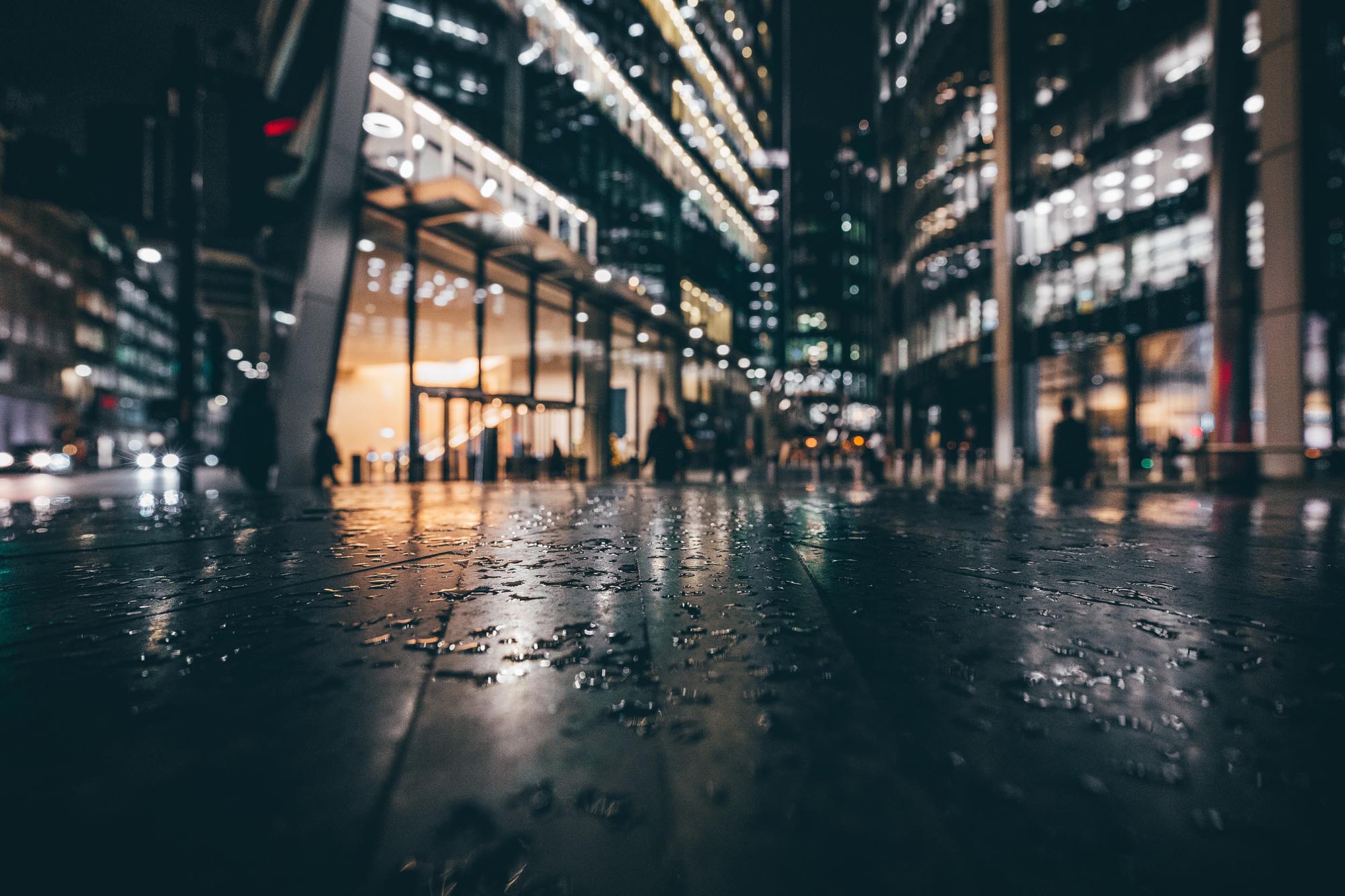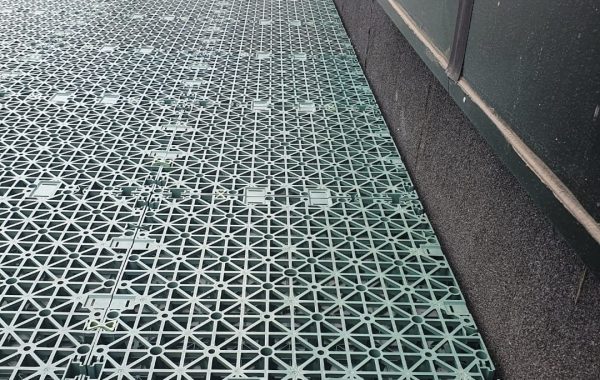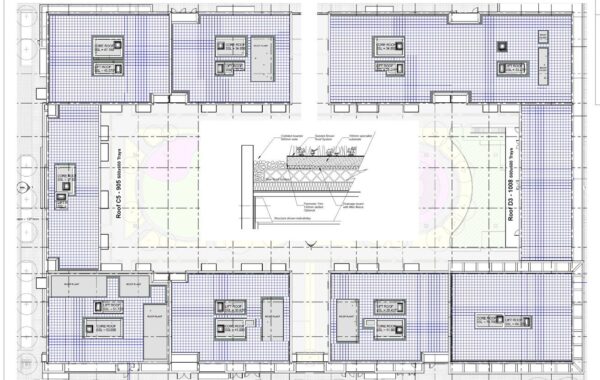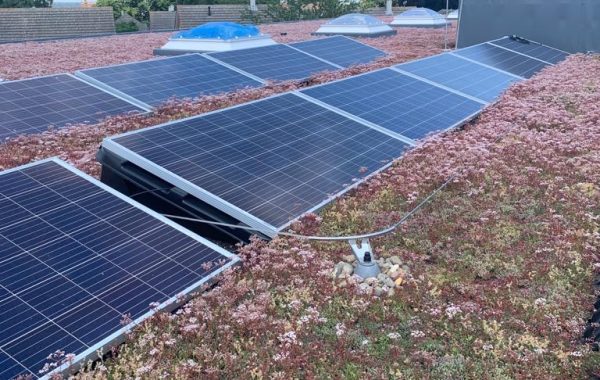As cities grow and expand, so does the need for innovative solutions to address the challenges of urbanisation. One such solution that has gained significant traction in recent years is the implementation of blue roof systems. These cutting-edge systems offer a unique approach to stormwater management while aligning with sustainability goals and urban resilience.
What Are Blue Roof Systems?
Blue roof systems are rooftop installations designed to temporarily store and manage rainwater runoff. Unlike traditional roofs that simply shed rainwater, blue roofs incorporate features that allow controlled retention and gradual release of water. This not only prevents overwhelming drainage systems during heavy rainfall but also provides several environmental and economic benefits.
How Do Blue Roof Systems Work?
The operation of blue roof systems is rooted in their design, which includes various components to control the flow of rainwater. Here’s a breakdown of how these systems work:
1. Collection:
Blue roofs are equipped with drainage points or outlets strategically positioned across the roof’s surface. These outlets capture rainwater as it falls.
2. Storage:
Rainwater is temporarily stored on the roof, typically in specially designed trays or basins. These storage areas can vary in depth, allowing for different levels of water retention.
3. Controlled Release:
To prevent flooding and water-logging, blue roofs have mechanisms for controlled release of stored rainwater. This can involve adjustable valves, overflow channels, or simple gravity-driven systems.
4. Monitoring:
Modern blue roof systems often feature sensors and monitoring equipment to assess water levels and optimise release rates. This ensures efficient stormwater management.
Benefits of Blue Roof Systems
The adoption of blue roof systems offers a range of benefits for both urban environments and building owners. Here are some key advantages:
1. Stormwater Management:
- Reduced Flooding: Blue roofs alleviate the burden on conventional drainage systems, reducing the risk of flooding during heavy rainfall.
- Peak Flow Mitigation: They help manage the peak flow of stormwater, preventing overwhelming of sewer systems.
2. Sustainability:
- Water Conservation: Blue roofs facilitate rainwater harvesting, which can be repurposed for non-potable uses like irrigation or toilet flushing.
- Reduced Runoff Pollution: By slowing down the runoff process, these systems allow pollutants to settle, resulting in cleaner water entering natural water bodies.
3. Energy Efficiency:
- Thermal Insulation: Blue roof components can provide additional thermal insulation, contributing to energy efficiency in buildings.
4. Urban Resilience:
- Climate Adaptation: Blue roofs help cities adapt to changing weather patterns and mitigate the effects of urban heat islands.
- Community Benefits: They create opportunities for green spaces and recreational areas on rooftops, enhancing urban liveability.
5. Regulatory Compliance:
- Compliance: Many regions have recognised the importance of stormwater management and are incorporating blue roof guidelines into building codes.
Types of Blue Roof Systems
Blue roof systems come in various forms, each tailored to specific project needs:
1. Extensive Blue Roofs:
- Low-profile systems with shallow storage trays, ideal for lightweight installations.
- Typically used on residential buildings and small commercial structures.
2. Intensive Blue Roofs:
- Deeper storage trays, suitable for larger buildings and high-capacity water retention.
- Allows for more extensive greenery and recreational spaces on rooftops.
3. Hybrid Blue Roofs:
- Combines the features of blue roofs with green roofs, offering stormwater management alongside vegetation and green space.
Conclusion
Blue roof systems represent a significant advancement in sustainable urban development. They tackle critical issues like stormwater management, water conservation, and urban resilience. As cities continue to evolve, the integration of blue roofs into building designs will play a pivotal role in creating more sustainable, liveable, and resilient urban environments.
The adoption of blue roof systems is not just a construction trend; it’s a transformative step towards building a more sustainable and water-wise future for our cities.
Have a project in mind? Send a message.
Send a message





